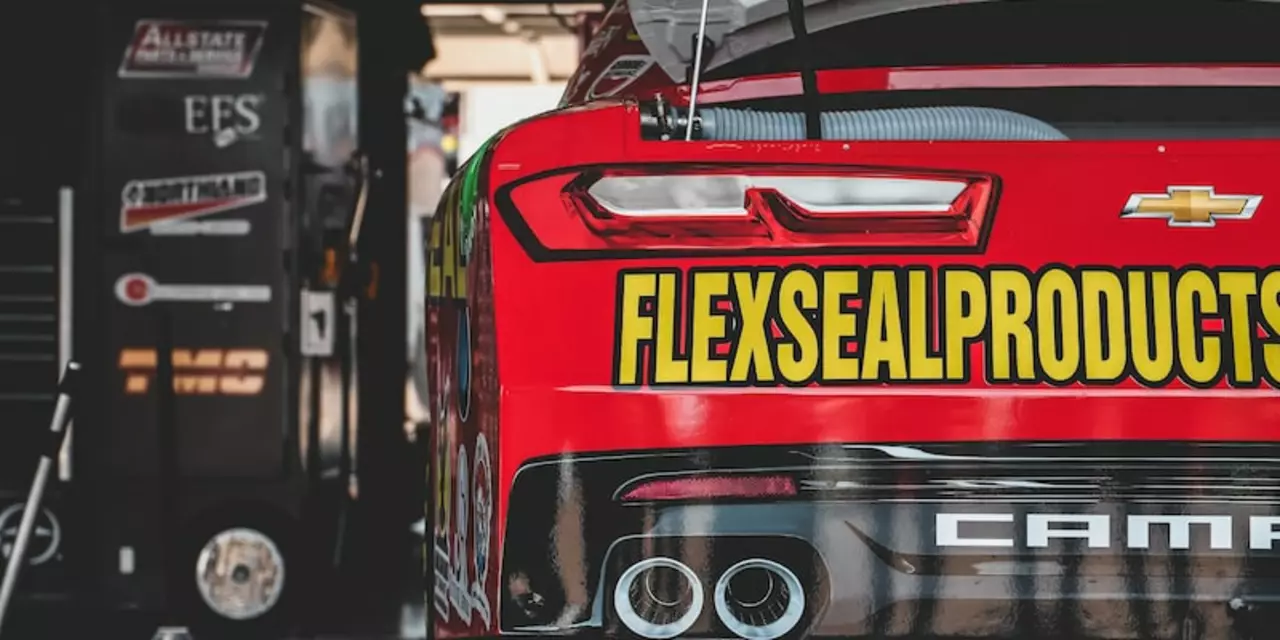Danger in Motorsports: What You Need to Know
If you love the roar of engines and the smell of burnt rubber, you already know that danger is part of the package. But danger isn’t just a buzzword – it shapes how teams build cars, how drivers train, and why fans keep coming back for more. On this page we break down what makes motorsports risky, why that risk matters, and how you can stay safe whether you’re on the track or cheering from the stands.
Why Danger Drives Fans
First off, danger creates drama. A split‑second crash, a wheel spin at 200 mph, or a sudden weather change can turn a regular race into a story you’ll talk about for weeks. That’s why you’ll see headlines like “Mike Tyson’s In‑Flight Medical Emergency” or “Why BMW Quit Formula 1?” – they’re all about high stakes and big reactions.
But the thrill isn’t just for spectators. Drivers feed off the edge. When a rider feels the bike tug at full lean, or a F1 pilot feels the G‑force in a corner, they’re testing limits. That test pushes technology forward – stronger brakes, better helmets, smarter aerodynamics. In short, danger fuels innovation.
Even the “danger” tag on our site groups together stories that show how risk shapes the sport. From the legal battles over street racing to the reasons why NASCAR doesn’t have factory teams, each article highlights a different angle of the danger‑driven ecosystem.
Staying Safe on the Track
If you’re thinking about getting behind the wheel of a race car, a simulator, or even a local club kart, safety should be your first check‑list item. Here are three practical steps you can start with:
- Gear up right. A certified helmet, fire‑resistant suit, and proper harness aren’t optional – they’re lifesavers. Check expiration dates on your gear every season.
- Know the track. Study the layout, locate runoff zones, and learn where the most common incidents happen. Even a quick walk‑around before a session can save a lot of trouble.
- Practice controlled braking. Most crashes stem from braking too late or too hard. Use a rain‑light lap to feel the grip limits without pushing full speed.
Teams also rely on data. Modern cars send telemetry to the pit crew, who can spot a tire temperature spike before it becomes a blowout. If you’re building a DIY racing simulator (check out our “How to build your own racing simulator?” guide), you can use the same data principles to fine‑tune your virtual car and avoid bad habits that could be dangerous on a real track.
When you’re watching a race, keep an eye on the safety car periods. Those are the moments when drivers regroup, and you’ll see the best examples of how teams manage danger – slowing down, checking systems, and getting ready to attack again.
Finally, remember that danger isn’t just about crashes. It’s also about noise, fumes, and even legal risks. Street racing, for instance, can lead to hefty fines or worse. If the adrenaline calls, find a sanctioned event. It keeps the excitement while protecting you and the community.
So whether you’re glued to a Grand Prix, building a home simulator, or planning your first track day, understanding danger helps you enjoy the sport smarter. It turns fear into respect, and respect into better performance. Keep these tips in mind, and you’ll get the rush you want without the regret you don’t.
